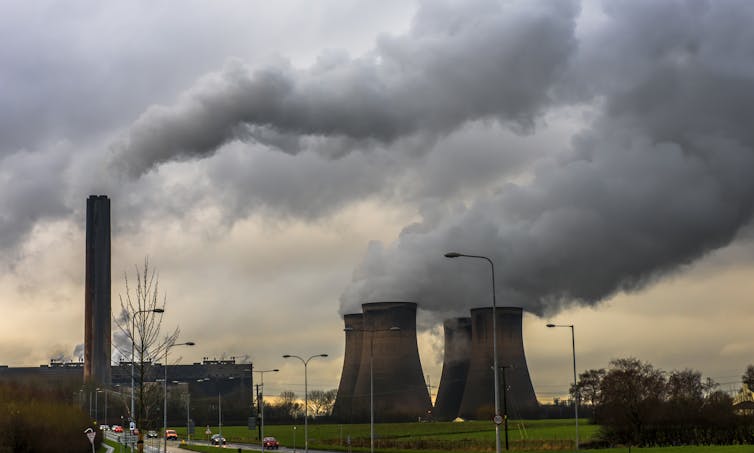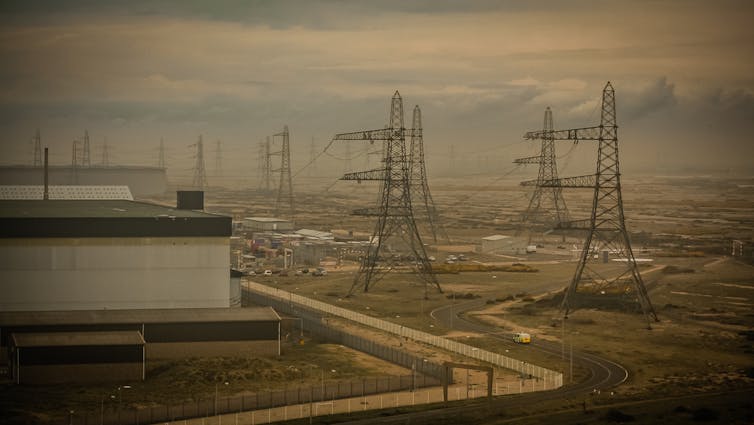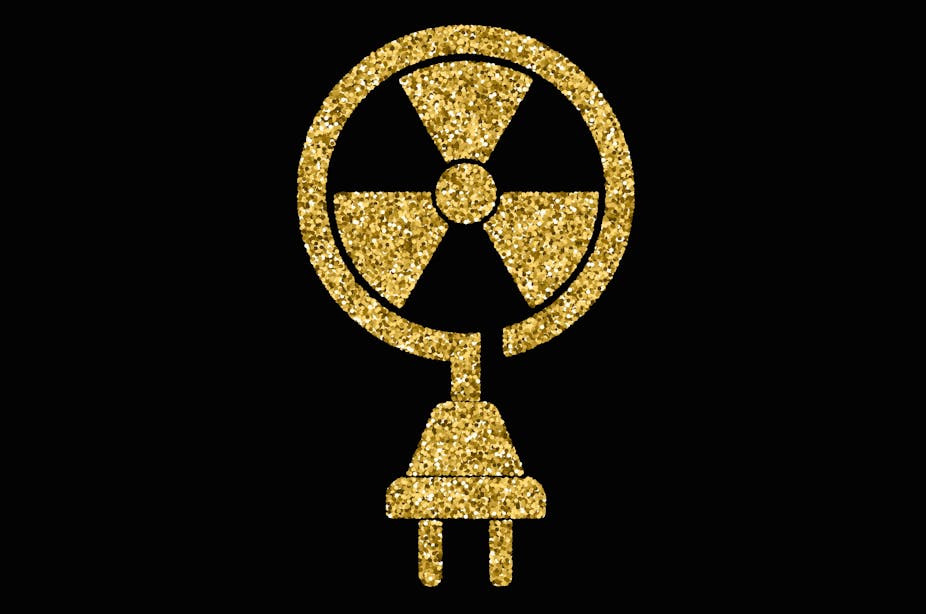Despite Hinkley Point C’s obvious problems, Britain badly needs the proposed nuclear power station. But Hinkley, which was finally given the go-ahead on September 15 after a six week government review, must be just the start of a major programme of new nuclear plants in the UK. Coal and gas are too dirty – and wind and solar too intermittent – for the country to be able to rely solely on any of these technologies.
Only nuclear can provide the consistent and secure supply of low-carbon electricity that the UK needs to secure the long-term supply to its national grid.
In order to maintain a stable flow of electricity, Britain needs at least some large fossil or nuclear-fuelled generators. Wind and solar alone can’t do it as the technologies are inherently unable to hold the grid frequency stable at 50Hz. Yet the UK’s dirty coal-fired plants will be gone by 2025 – so that leaves gas and nuclear plants to provide this stability into the future.
The debate surrounding the proposed nuclear power plant at Hinkley Point C has focused largely on the price EDF will get for electricity generated. This was set four years ago at an inflation-linked £92.50/MWh. That’s more expensive than generation from gas, or Britain’s soon-to-be-defunct coal plants, but it should be affordable.
Wind power can take up some of the slack. The UK now has enough turbines installed that, on windy days, total generation is similar to that from nuclear. Things will only accelerate thanks to several huge projects in the pipeline such as DONG Energy’s Hornsea One, which will become the world’s first offshore windfarm with greater than 1GW of generating capacity. All this has been achieved under an industry target of reducing the cost of energy from offshore wind to below £100/MWh by 2020.

An unavoidable consequence of the drive towards cleaner and more sustainable power is that the industry will rely on government subsidies and more expensive electricity prices in order to incentivise the necessary new technologies. Electricity from regular, dirty coal is by far the cheapest form of large-scale generation, but the decision has already been made to move away from this. Many UK coal stations are now closed and in some cases pulled down. So Hinkley C is expensive, but not out of line with the direction of travel in the industry.
The long-term nuclear option
The larger questions concerns the long-term security of Hinkley’s supply. After all, it will take a minimum of ten years to build the plant and all the evidence suggests it is highly likely to be much longer before it actually comes online.
Hinkley C will use the new third-generation Areva EPR nuclear reactor design which is not yet in commercial operation anywhere in the world. New nuclear plants at Flamanville (France), Olkiluoto (Finland) and Taishan (China) are all currently under construction with this new type of reactor – and all of these projects are experiencing long delays and significant cost over-runs.
At the moment the UK’s nuclear plants consist of a number of Advanced Gas Cooled Reactor (AGR) stations (including Hinkley B) and the Pressurised Water Reactor (PWR) station at Sizewell B. The AGRs have now all passed their original design lives and have been specially licenced for extended operation.

But as the plants get older, the risks inevitably increase. Only two winters ago cracks were found in the steam generators on the AGR units at Heysham, Lancashire. Not only was Heysham shut down for inspection and repair, but also its sister units in Hartlepool. The result was that a significant proportion of the UK’s nuclear generators were not available for several months over the winter demand-peak, leading to concerns at the time over the availability of reserve generating capacity.
With a variety of creaky old nuclear plants dating back to the 1970s or 1980s, and question marks over exactly when Hinkley C will be available, what the UK needs is a nuclear building plan that severely reduces the risk of supply gaps.
Fortunately, other nuclear options are potentially more secure. Small Modular nuclear Reactors (SMRs) are now receiving increased attention and government interest. Each SMR unit is typically capable of delivering 100-200MW of electricity. That’s far smaller than Hinkley C’s planned two units totalling 3,200MW, but their size means they can be built quickly, each one requires a fraction of the capital investment of Hinkley, and they could even be built locally.
New SMR reactor designs are available. China National Nuclear Corporation’s ACP100 for example, passively cools the nuclear core in the event of a complete power failure in the same way as the much larger EPR reactor design planned for Hinkley C will do.
The UK needs viable new nuclear plants – and Hinkley C has only ever been one part of the solution. Many more will be needed. Britain is running out of time to deliver further nuclear power before major disruption to its future electricity supply. The door may be opening for small modular nuclear reactors.

